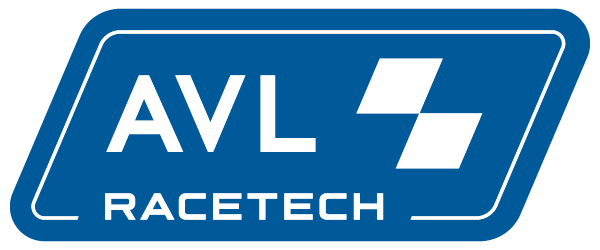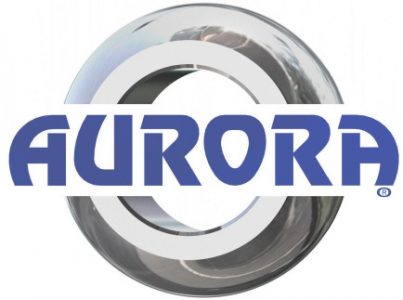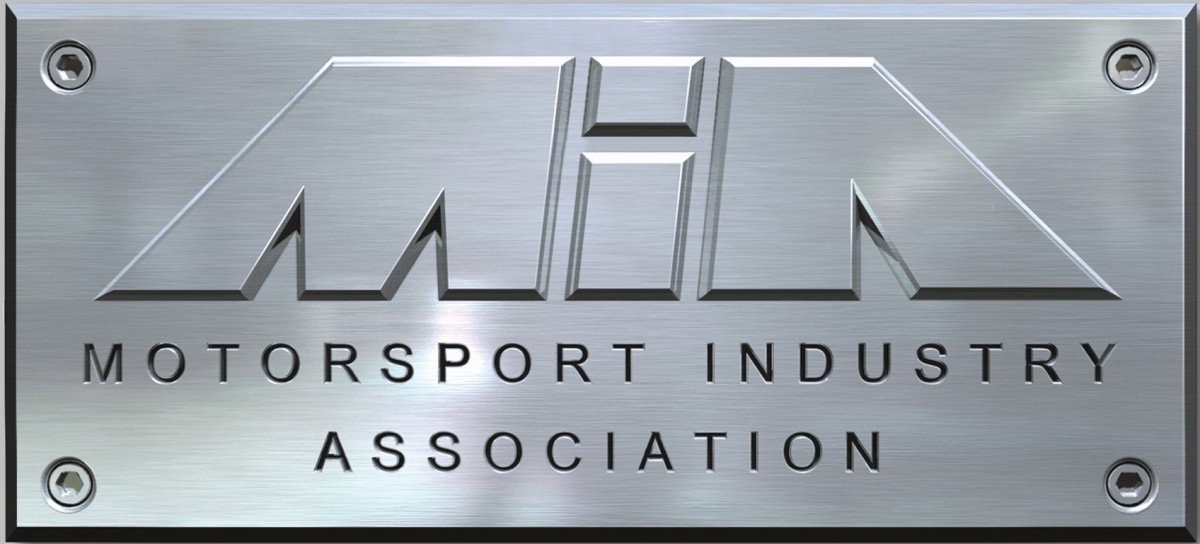How MIA members have helped make LMDh a success
Uniting the endurance racing championships on both sides of the Atlantic is a revolutionary achievement for sportscar racing. It has taken years of negotiations between the governing bodies, manufacturers, constructors and suppliers to agree a set of joint regulations that will now allow teams to race a new LMDh hybrid prototype in both WEC and IMSA.
Yet, agreeing on a set of regulations is one thing, but developing a hybrid powertrain that is state of the art, meets everyone’s requirements, is reliable for both sprint and endurance racing whilst only costing €300,000, is a whole new challenge. One that has only been made possible by the close collaboration of MIA members Williams Advanced Engineering, Bosch and Xtrac who form the LMDh Hybrid Technical Working Group.
The global LMDh platform utilises the same chassis as the next generation of LMP2 cars and will be manufactured by four nominated constructors including Dallara and Multimatic, also MIA members. The cars will feature a standardised rear wheel drive hybrid powertrain which will provide an additional 50kW of continuous power. Williams Advanced Engineering are providing the battery, DC-DC converter and bespoke BMS (battery management system), while Bosch are supplying the MGU (motor generator unit) and inverter and Xtrac the gearbox.
Often, standard or spec systems sacrifice technology for equality and cost, but this is not the case for LMDh. ‘Manufacturers use motorsport as a test bed to demonstrate technologies for automotive, and so to attract the manufacturers, we had to develop a hybrid powertrain that offered much more than a few seconds of push to pass,’ highlights Iain Wight, Business Development Director at Williams Advanced Engineering. ‘So, we have incorporated Formula 1 level technology into a package that is appropriate for teams to race in both sprint and 24 hour races. This is probably the first time that this level of hybrid performance has been achieved outside of Formula 1 or LMP1.’
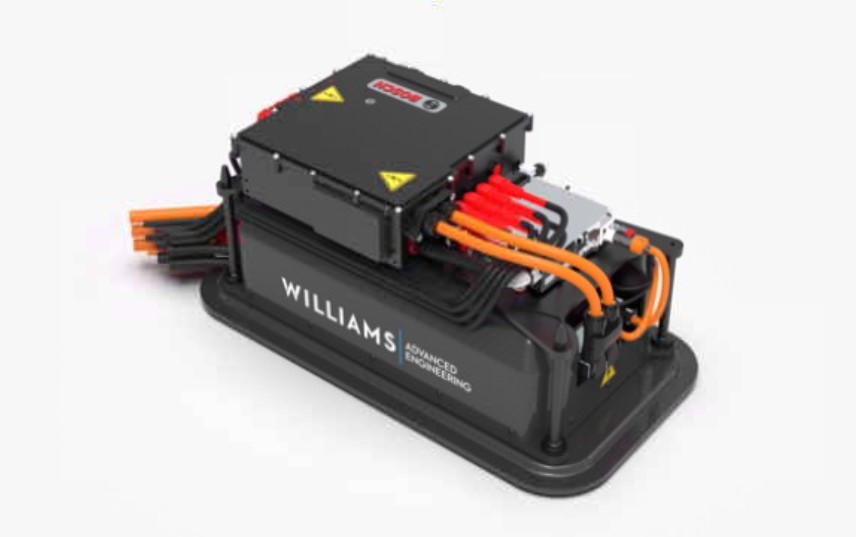
The high temperature cells within the battery are currently only used in F1 and operate around 90degC. Maximising the performance of these cells to suit different types of racing at a diverse range of circuits, whilst ensuring the life of the battery has required a huge amount of simulation work. ‘You have to be incredibly careful with how you utilise the cells within the battery to ensure you get a full season’s life out of them whilst balancing the required duty cycles without degrading the cells to a level where it could affect performance,’ reveals Wight.
The battery will power the Bosch 50kW MGU which will drive the transmission and therefore the rear wheels. Once again, the requirement to suit a variety of manufacturers has led to some further technical challenges for the transmission. Xtrac have adapted their race-winning 7-speed sequential P1159 gearbox which currently races in LMP1, LMP2 and DPi and have packaged the MGU at the front, in the P2 position within the bellhousing. A new geartrain has also been developed to connect the motor to the gearbox and has to be capable of matching the nominal MGU speed of 20,000rpm to a variety of different engines.
‘To attract different customers, the regulations have been written to allow for engines that range from 6,500rpm to 10,000rpm, highlights Jon Marsh, Chief Designer at Xtrac. ‘The MGU drives the gearbox through an additional geartrain, but the gearbox will be going at different speeds depending on the engine. So, we had to incorporate a number of ratios within that hybrid geartrain to make it adjustable to match the different engines.’
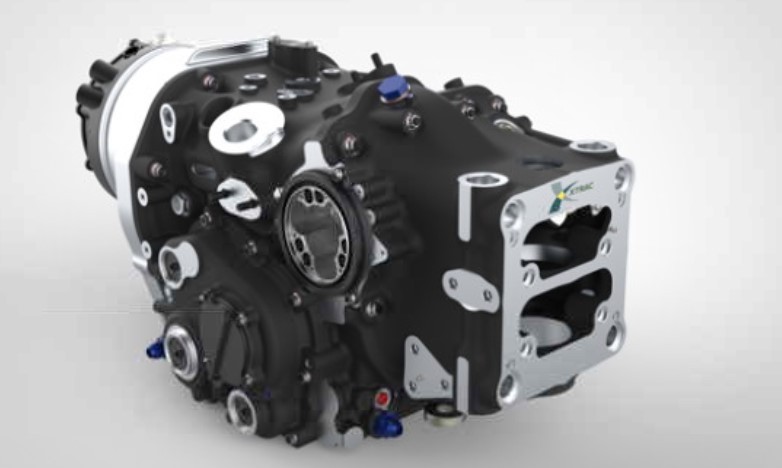
With the regulations trying to be as all-inclusive as possible, the strict set of demands for the hybrid powertrain has resulted in some incredible engineering achievements. IMSA and the ACO’s tactics of establishing a hybrid technical working group and allowing the three suppliers to work openly and collaboratively has been the key to the success of this highly anticipated LMDh global platform.
‘The three of us in the hybrid technical working group along with IMSA and the ACO have worked brilliantly together,’ concludes Wight. ‘The level of co-operation has been huge to achieve the optimum hybrid package that suits what the governing bodies need from a regulation, manufacturer and marketing point of view. If manufacturers are looking to demonstrate their vehicle within a set of regulations that are technically interesting and with a realistic budget, then LMDh ticks all the boxes.’
‘LMDh is an ideal concept that brings together the very best of two great racing championships, which will benefit the global motorsport industry as a whole,’ says Chris Aylett, CEO of the MIA. ‘The joining of these two cultures will be vital in our quest to embrace new technologies to meet the demands of a fossil free future. America is the single most important market to the MIA membership base so to have this established transatlantic connection will help promote business growth on both sides.’










